Temporary lighting strings are linkable lighting installations with plug-in connections. These lighting products provide general or task lighting to meet work, safety, and security lighting requirements for a limited duration. They are installed on a job site, event venue, or activity areas where it is impossible or impractical to install permanent lighting fixtures. Temporary lighting is intended for both indoor and outdoor uses in construction projects, civic events, and industrial sites which include but not limited to rail yards, maritime shipyards and docks, piers and marinas, outdoor assembly and loading sites, chemical and petroleum processing facilities.
A temporary lighting string has an array of LED luminaires with each having a female receptacle for daisy chaining. A weatherproof cover protects the plug receptacle. A weather resistant plug integrates into the SJW, SJEW, SJOW, SJEOW, SJTW or equivalent power supply cord insulation at the point where it enters the fitting. They are molded in one piece so as to provide added durability and exclude moisture. The luminaire comes with a built-in hanger or retractable handle that allows it to be easily be suspended, moved, or hooked. The light emitting surface is protected by a shatter-resistant cage.
Conventional lighting strings make use of lamp-based luminaires. The luminaire is essentially a holder that accommodates the lamp with electrical connection and mechanical support. Today’s temporary work lights are typically integrated LED systems which are designed and engineered around integrating LEDs with the other luminaire components to achieve the required form factor, performance, reliability and durability.
Temporary lighting strings often employ high lumen LED luminaires that operate at up to 150 watts of electrical power. High power operation imposes a great thermal challenge. The waste heat generated at the LED junction must be dissipated to the ambient air through the heat sink, and, if necessary, through active thermal management using cooling fans. The LED luminaires are usually self-ballasted by an integrated, but thermally isolated, LED driver. The LED driver provides constant current regulation from fluctuations in current and voltage in the power line. A surge protective device (SPD) provides the LED driver with basic overvoltage protection. The inclusion of galvanic isolation is a recommended practice to prevent electrical shock.
Temporary work lights come with a high level of ingress protection against pressurized water, moisture, dust, dirt and insects. These luminaires typically produce omnidirectional light to provide the required illuminance on both the vertical and horizontal planes.

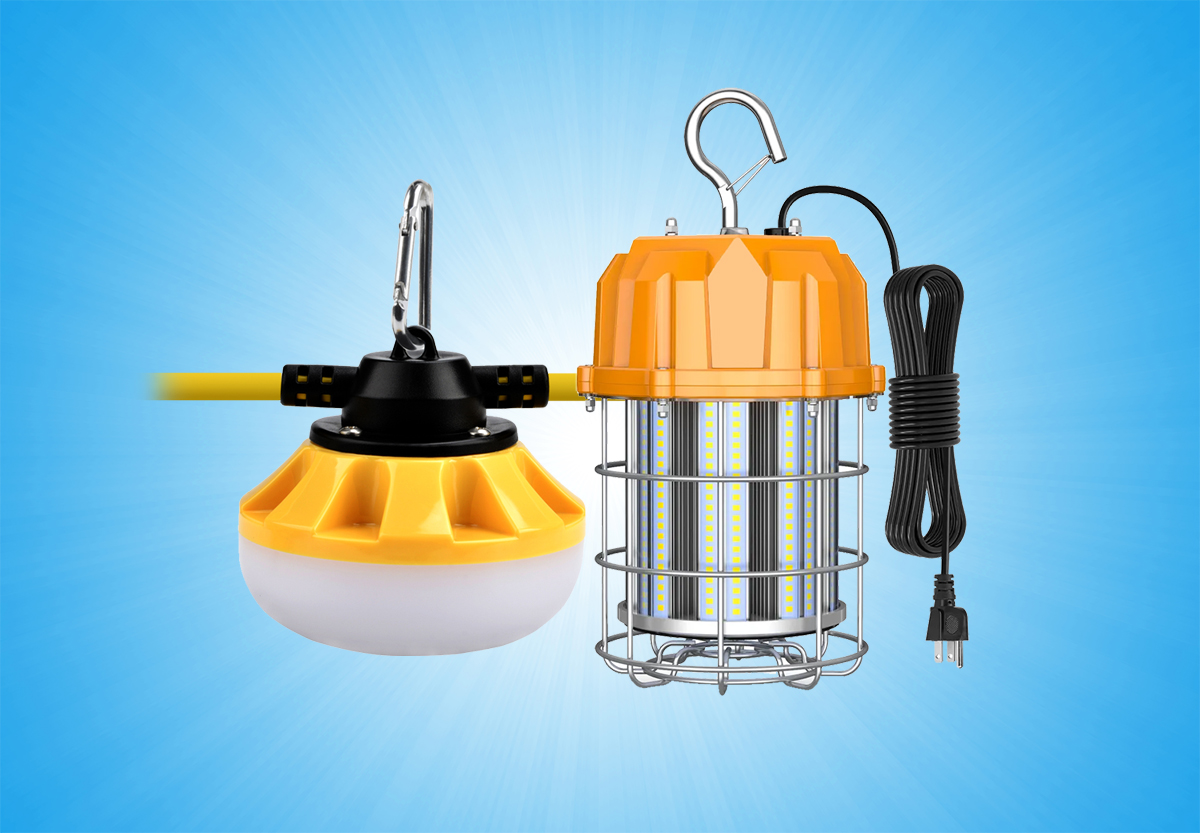
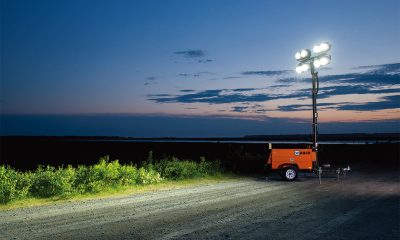
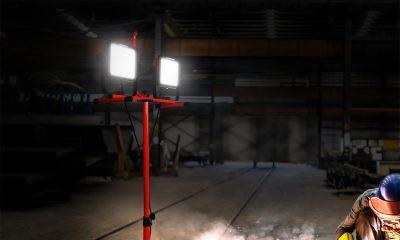
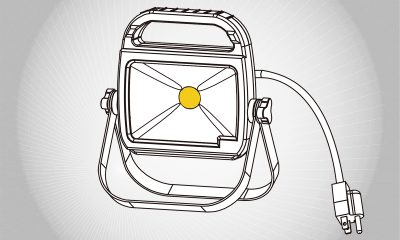


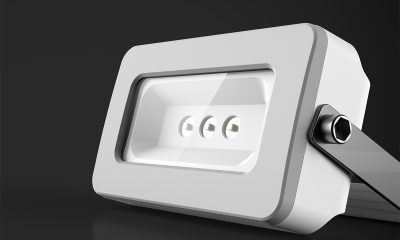





Loading...